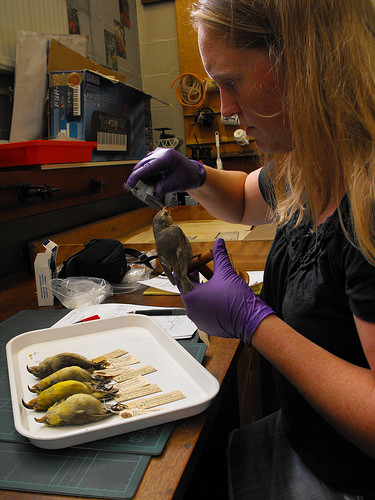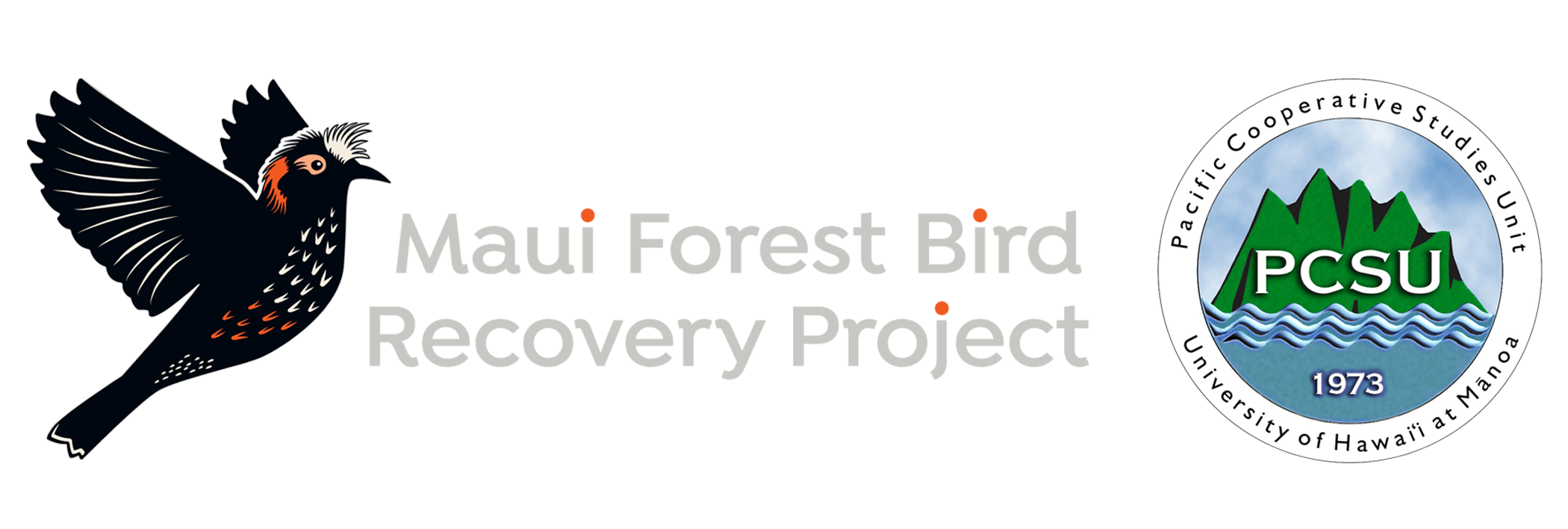Kiwikiu Genetics
A Graduate Research ProjectKIWIKIU GENETICS
Conservation genetics is an interdisciplinary science that aims to apply genetic methods to the conservation and restoration of biodiversity. Genetic diversity is one of the three fundamental levels of biodiversity, so it is directly important in conservation of biodiversity, but genetic factors are also important in the conservation of individual species. Conservation of genetic variation is important to the overall health of populations because decreased genetic variability leads to increased levels of inbreeding, reduced fitness, and could accelerate species extinction.
Genetic diversity is the variability of genes in a species. It can estimate the mean levels of heterozygosity in a population. If genetic diversity becomes low at any genes of a species, that species becomes increasingly at risk. It has only one possible choice of information at all or nearly all of its genes; in other words, all the individuals are nearly identical. If new pressures (such as environmental disasters) occur, a population with high genetic diversity has a greater chance of having at least some individuals with a genetic makeup that allows them to survive. If genetic diversity is very low, none of the individuals in a population may have the characteristics needed to cope with the new environmental conditions. Such a population could be suddenly wiped out.
Specific genetic techniques are used to assess the genetics of a species regarding specific conservation issues as well as general population structure. This analysis can be done in two ways, with current DNA of individuals or historic DNA. There are many techniques for analyzing the differences between individuals and populations.
Maui Forest Bird Recovery Project used microsatellites and mtDNA sequence data to analyze the current and historic population structure and diversity of the Kiwikiu (see Spatial genetic architecture of the critically-endangered Maui Parrotbill (Psuedonestor xanthophrys): management considerations for reintroduction strategies). These techniques provide information on the current diversity structure in the wild population and can be used to design knowledgeable management decisions for this species in the future.
This work was done in collaboration with UH Manoa in Hawai’i and University of Kent in the UK, if you are interested in becoming an MFBRP graduate student, please visit here.

Save the Forest, Save the Birds
It takes a community of dedicated individuals and support to make conservation happen

